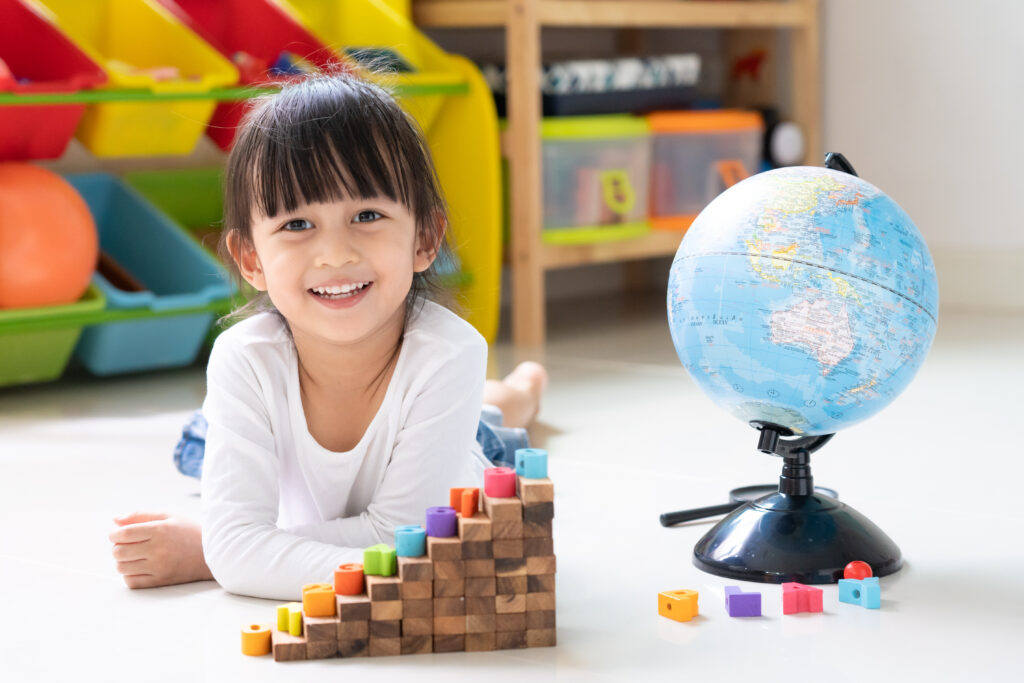Language is more than just words, it’s how children connect, express, and grow. And when they learn in two languages, the benefits go far beyond vocabulary. Early bilingual education helps children build strong communication skills, flexible thinking, and a greater understanding of the world around them. It’s a gift that supports not just learning, but lifelong confidence and connection.
Why Bilingual Education Works Best in the Early Years
Young children are natural language learners. Their brains are built to absorb sounds, rhythms, and patterns, making the early years an ideal time to introduce more than one language. Rather than causing confusion, bilingual education in preschool actually strengthens children’s ability to focus, switch tasks, and solve problems creatively.
Research shows that bilingual learners often develop:
- Stronger memory and attention
- Better communication and listening skills
- More flexible thinking
- A deeper understanding of how language works
Early bilingual education supports cognitive growth while helping children become better problem-solvers and more confident speakers.
Bilingual Education Builds Cultural Awareness
Language is closely tied to identity, and bilingual education helps children understand and appreciate the diversity of people and cultures. Learning a second language can build empathy, curiosity, and respect for others. It opens the door to conversations about who we are, where we come from, and how we connect to the world.
For children who already speak a language other than English at home, bilingual learning is even more powerful. It helps preserve family heritage, supports cultural pride, and shows that every language has value.
What Bilingual Education Looks Like in Preschool
In early childhood settings, bilingual education is playful, natural, and woven into everyday routines. Children might:
- Sing songs in English and Spanish
- Hear stories and books in both languages
- Learn simple phrases during transitions (“Let’s go!” / “¡Vámonos!”)
- Talk about colors, numbers, and weather in both languages
- Share home languages with their peers
The goal isn’t fluency by a certain age, it’s joyful exposure, confidence, and connection.
How Families Can Support Bilingual Learning
Whether your child speaks one language or two at home, there are many simple ways to support bilingual growth:
- Speak your home language proudly it builds strong language foundations
- Read bilingual books together
- Sing songs and rhymes in both languages
- Talk during daily routines using both sets of words
- Celebrate language learning as a shared experience
The more language children hear in meaningful, loving ways, the more it becomes part of who they are.
A Joyful Start at I’m Just a Kid
At I’m Just a Kid, we believe bilingual education is a beautiful part of the early learning journey. Whether a child says “hello” or “hola,” we meet them with encouragement, joy, and the tools to grow their voice at their own pace, in both languages. Because the more ways children can express themselves, the more connected and confident they become.
Two languages, twice the wonder.
Discover how bilingual education makes learning more meaningful and more fun for young children.
